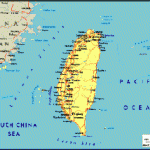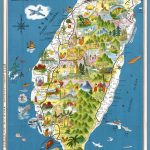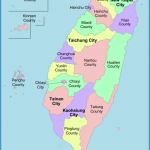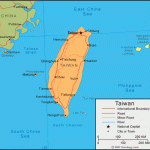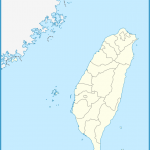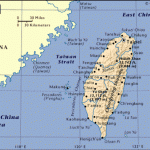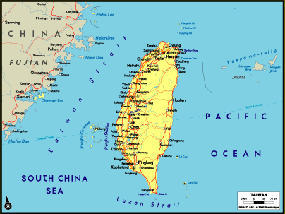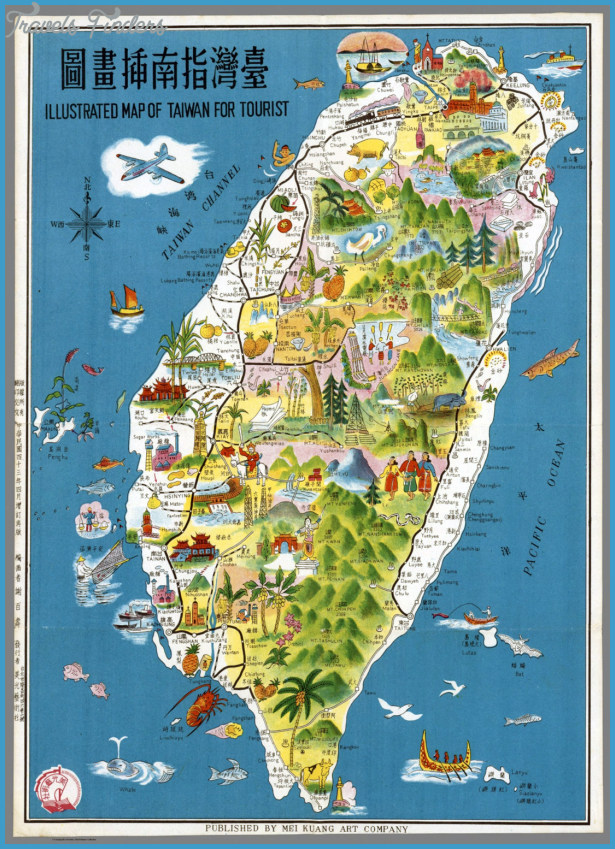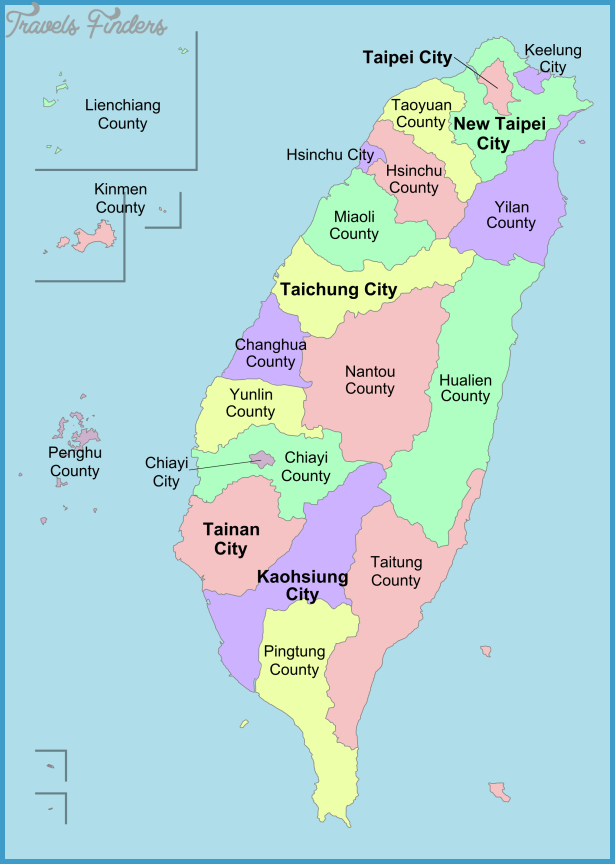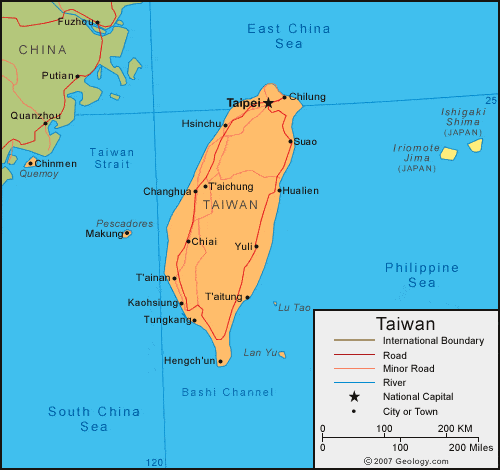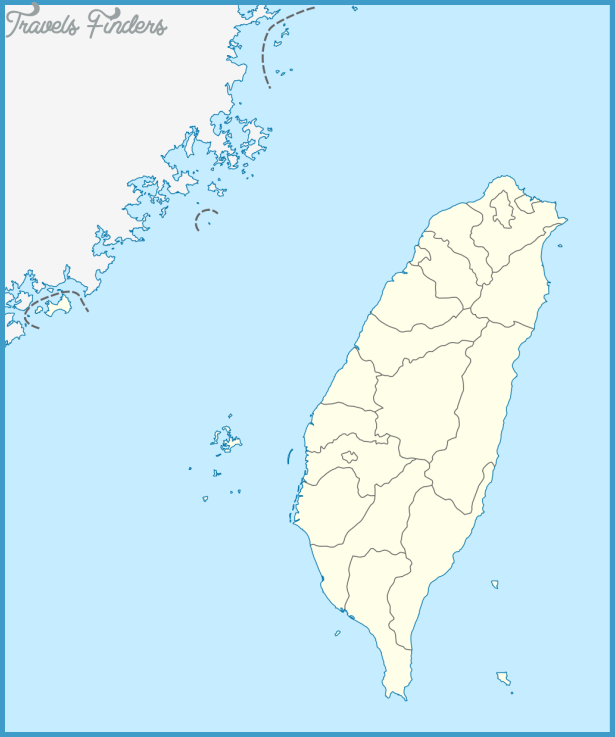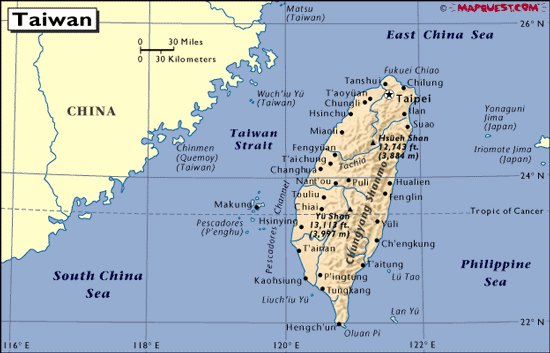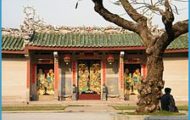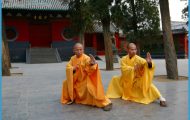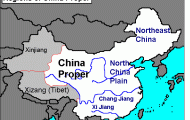Legislative Yuan, or Central Parliament. The Judicial Yuan is responsible for all matters of law, while the State Regulatory Yuan controls the civil service. The Control or Supervisory Yuan constitutes the supreme court of appeal.
There is universal suffrage. The government party is the Chinese People’s Party (Kuomintang/KMT; first party split was in 1993); other major parties include the Democratic Progress Party (DPP), the Chinese Social Democratic Party (CSDP) and the Workers’ Party (Kungtang/KT); there are also more than 60 other minor parties and political groups.
As well as the Central Parliament (Legislative Yuan) Taiwan Province and the capital Taipei have their own parliaments.
The Chinese Province of Taiwan is divided into 16 administrative districts (Hsi), the five independent towns of Keelung, Taichung, Tainan, Hsinchu and Chiayi, as well as two Special Regions, namely, the capital Taipei and the port of Kaohsiung.
The island of Taiwan was originally settled by Austronesian tribes who, in History pre-historical times, brought the old Malayan aboriginals under their yoke.
It was not until the seventh century a.d, that Chinese immigrants arrived from the mainland.
In 1206 Taiwan became part of the kingdom of China. In the 16th and 17th c. Portuguese (they named it Formosa, meaning “beautifully-formed island”), Spanish, French and Dutch colonists arrived on the island. In 1624 the Dutch built a fort on the site ofthe present town of Tainan. Shortly after this the Spanish founded a settlement in the north of the island. In the second half of the 17th c. Chinese forces led by Cheng Cheng-kung who were retreating from the advancing Manchu arrived here and defeated the European colonists. In 1684 Taiwan became part of the south Chinese coastal province of Fukien (Fujian). For a short time in 1884 the French occupied the island and the Pescadores. By 1887 Taiwan had become a province of China.
Following the Sino-Japanese War of 1894-95 and the Treaty of Shimono-seki Taiwan came under Japanese control. The inhabitants of the island resisted and declared the “Republic of China” (the first Asian republic).
However, the Japanese resorted to harsh measures and it was 1945 before Taiwan again became part of China. In 1949, after suffering defeat at the hands of the Communists, the Kuomintang government of Chiang Kai-shek took refuge on Taiwan. A year later they proclaimed the “National Republic of China”. With the support of the USA the Chinese Nationalists were able to retain their state and territory here, including the small surrounding islands.
The Communists refused to acknowledge Taiwan as an independent state, claiming it was in fact an integral part – the 23rd province – of the People’s Republic of China. After Nationalist China had been expelled from the United Nations in 1971 and replaced by the People’s Republic it ceased to carry any weight as a political power, and only some twenty countries maintained diplomatic relations with Taiwan. Nevertheless, the Taiwan government still claimed sovereignty over China.
After a short interregnum period Chiang Ching-kuo, the son of Chiang Kai-shek who had died in 1975, became head of state. He suffered a severe blow in 1979 when the USA severed diplomatic relations with Nationalist China and annulled the 1954 security pact. After the death of Chiang Ching-kuo in 1988 his successor, the Taiwanese-born Lee Teng-hui, pursued liberal domestic policies and one of rapprochement with the People’s Republic of China. In 1991, after 44 years, free elections were held to elect members to the National Assembly.
Today Taiwan can be regarded as one ofthe world’s newly-industrialised Economy countries. As regards its agricultural economy, the island ranks among the most progressive regions of East Asia; a decisive step in this connection were the agricultural reforms carried out in 1949. Land which had previously been owned by or leased to a few large landowners passed into the

